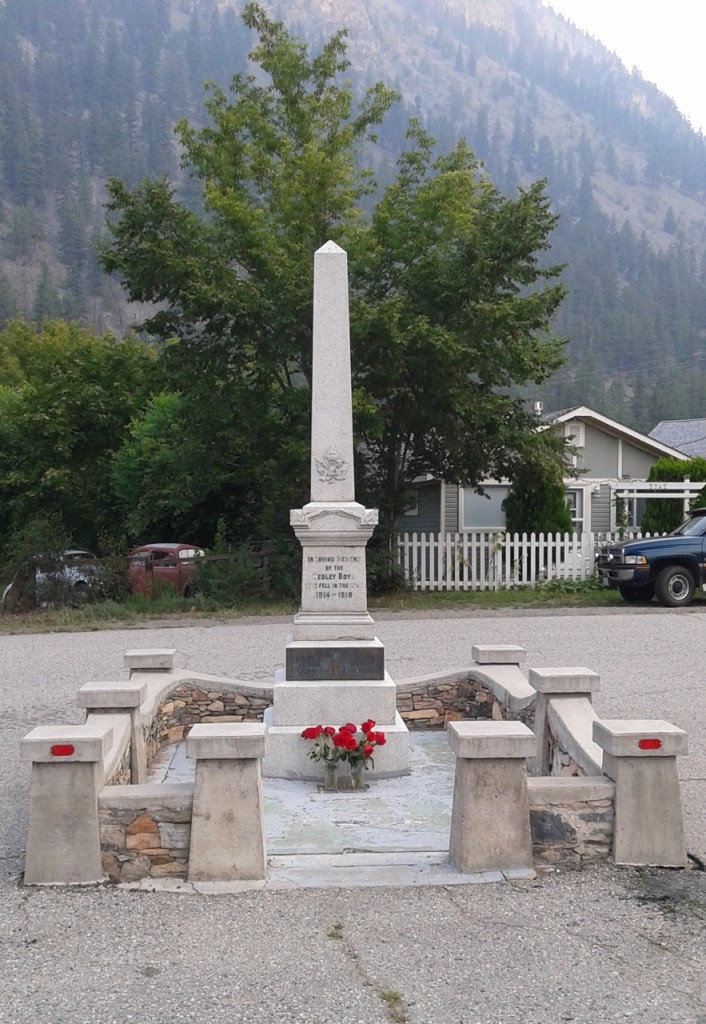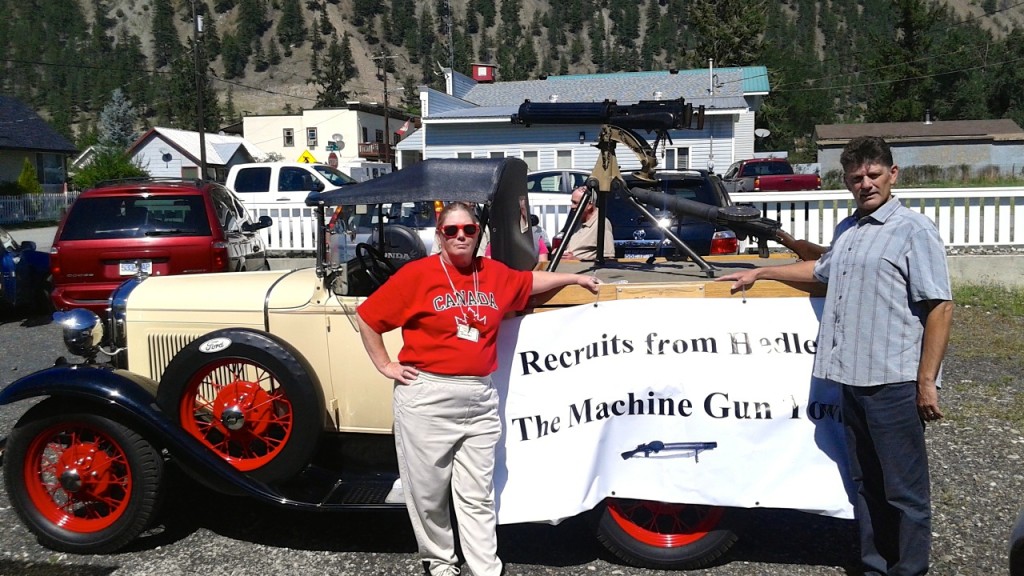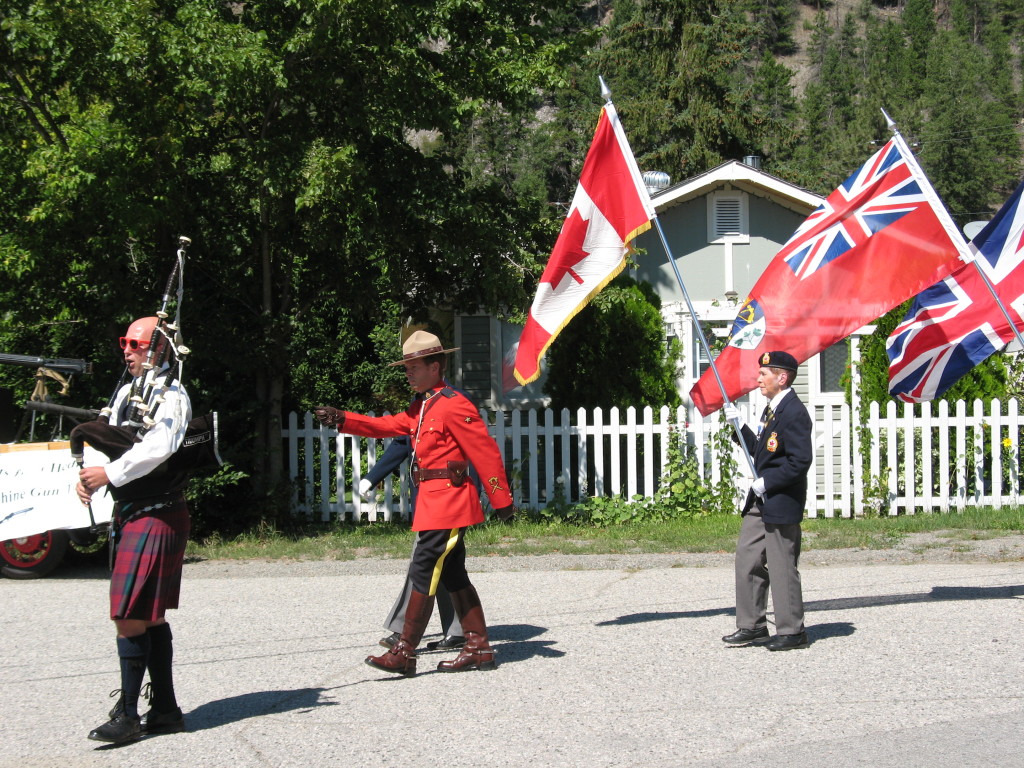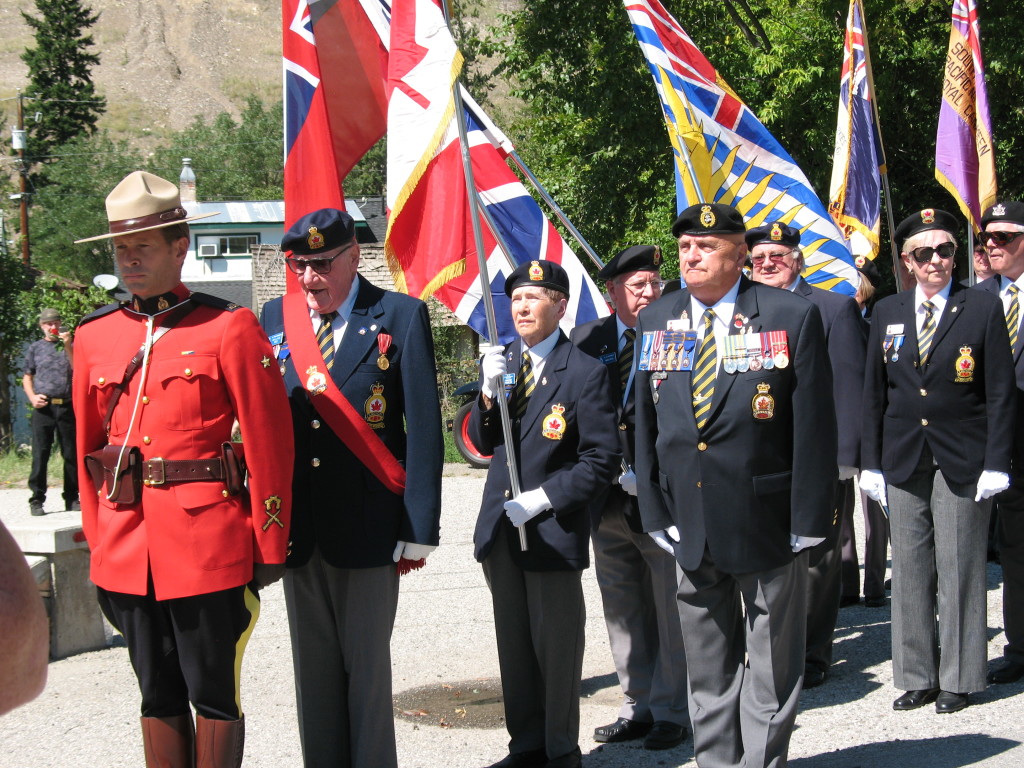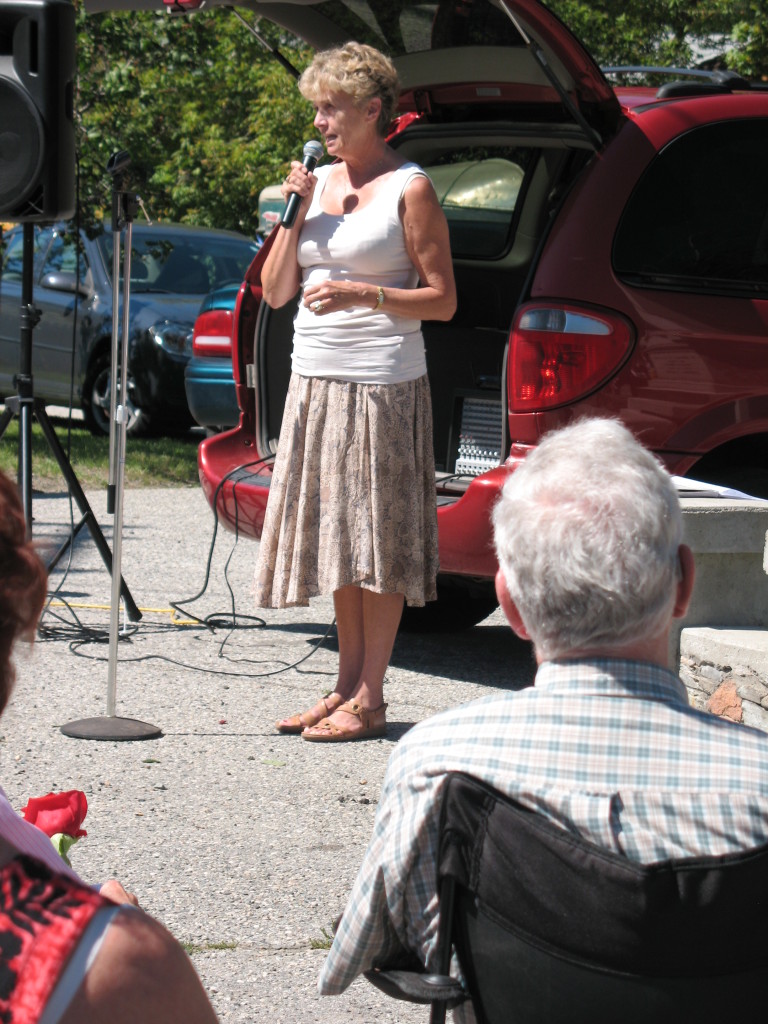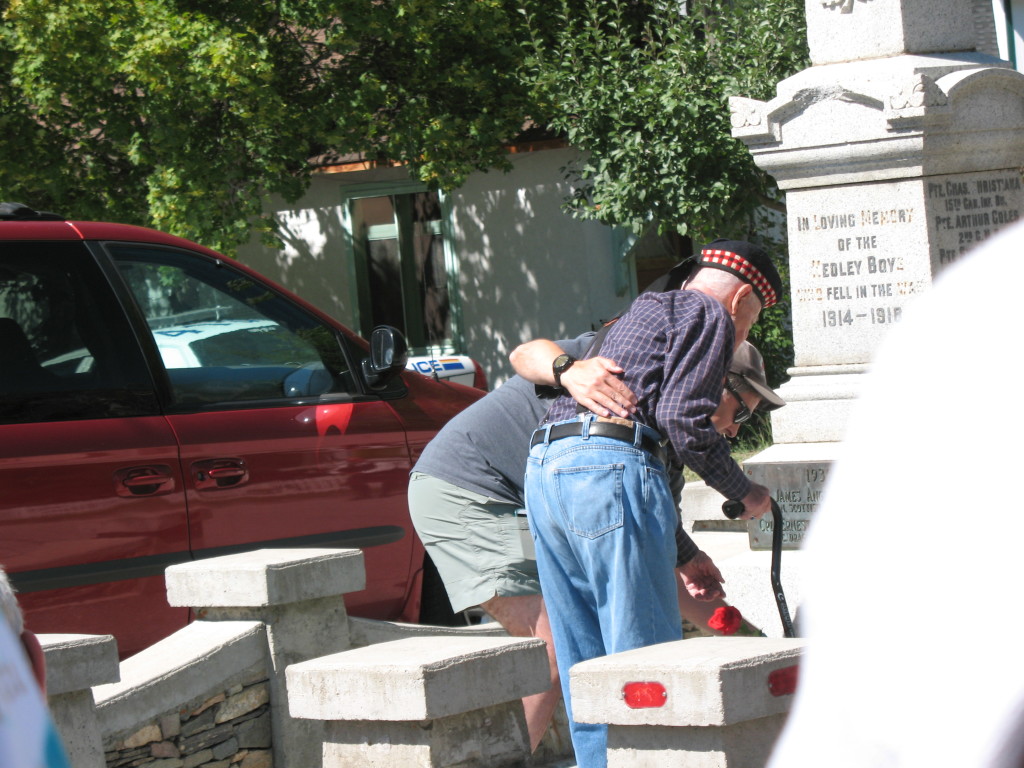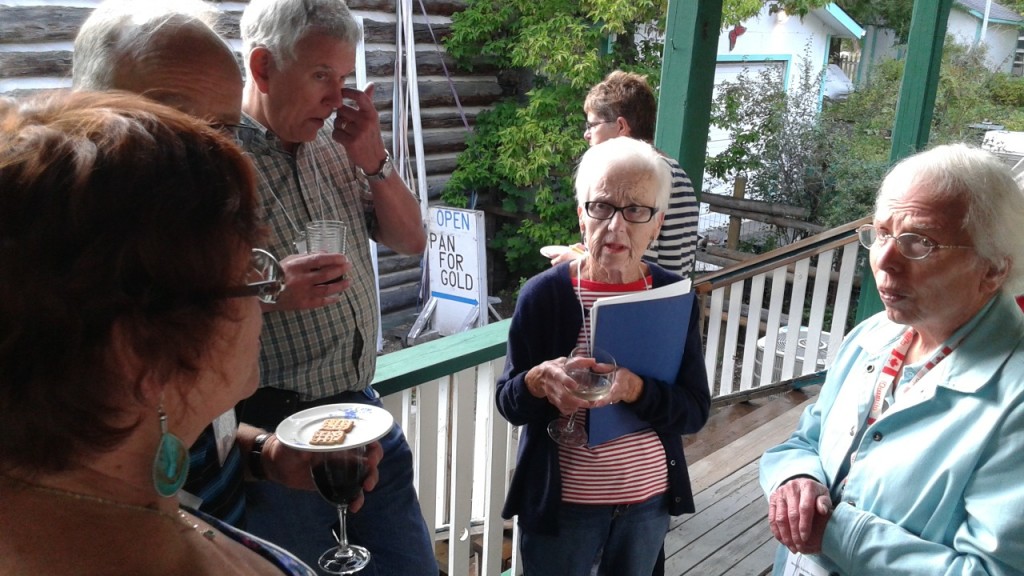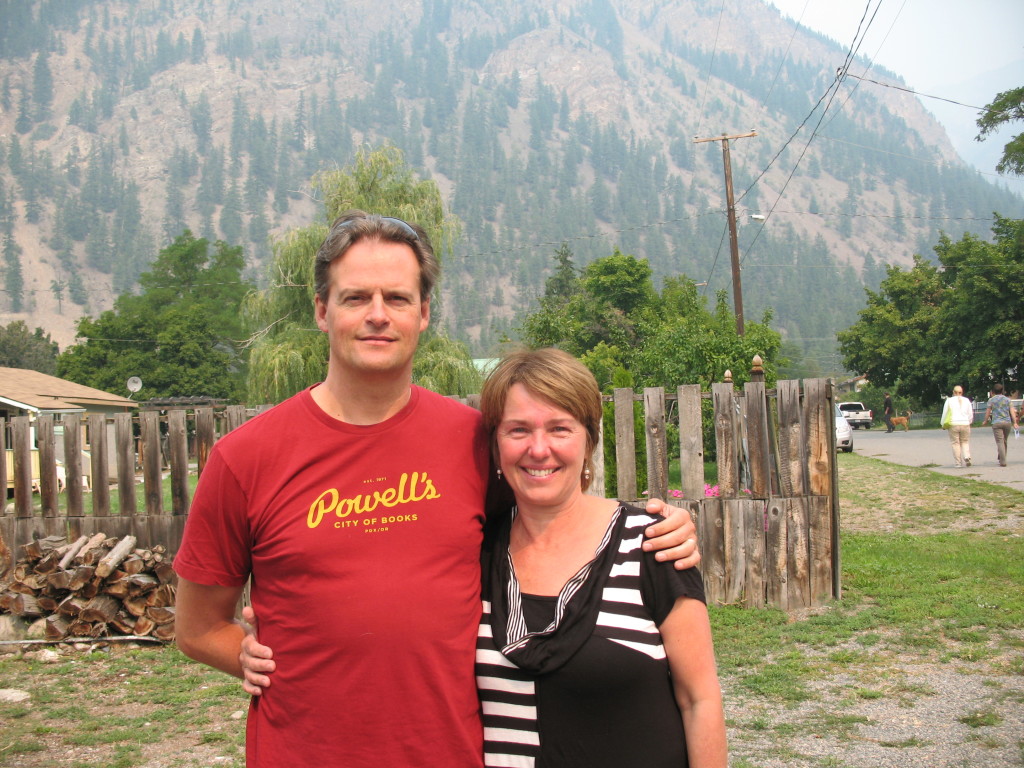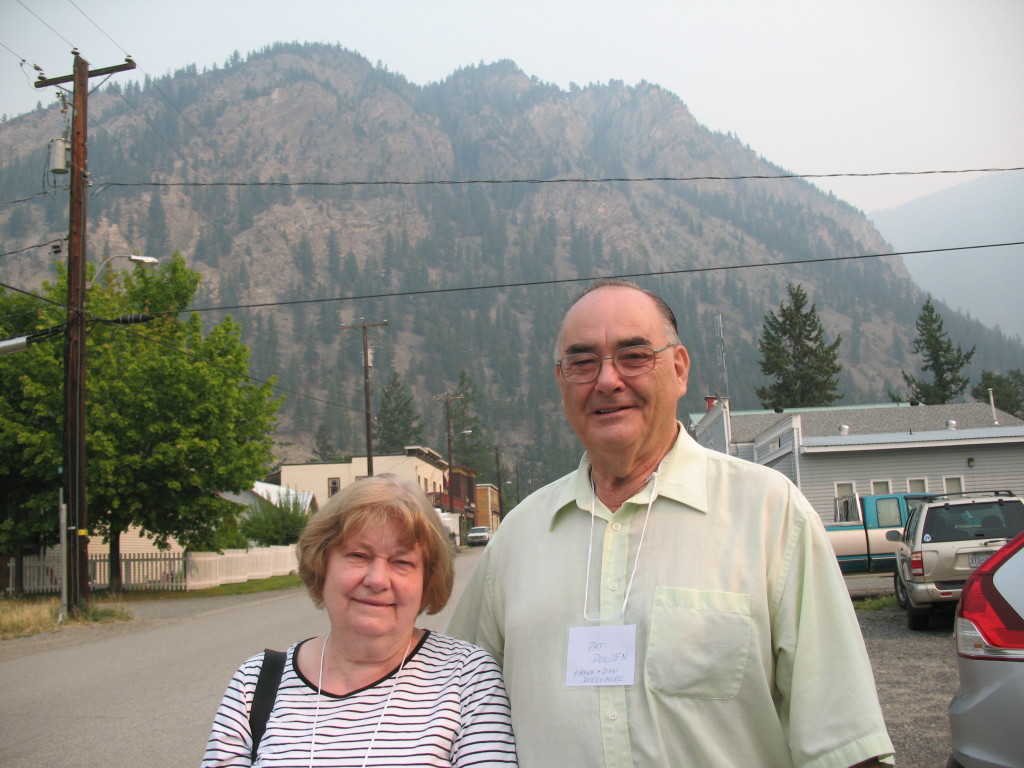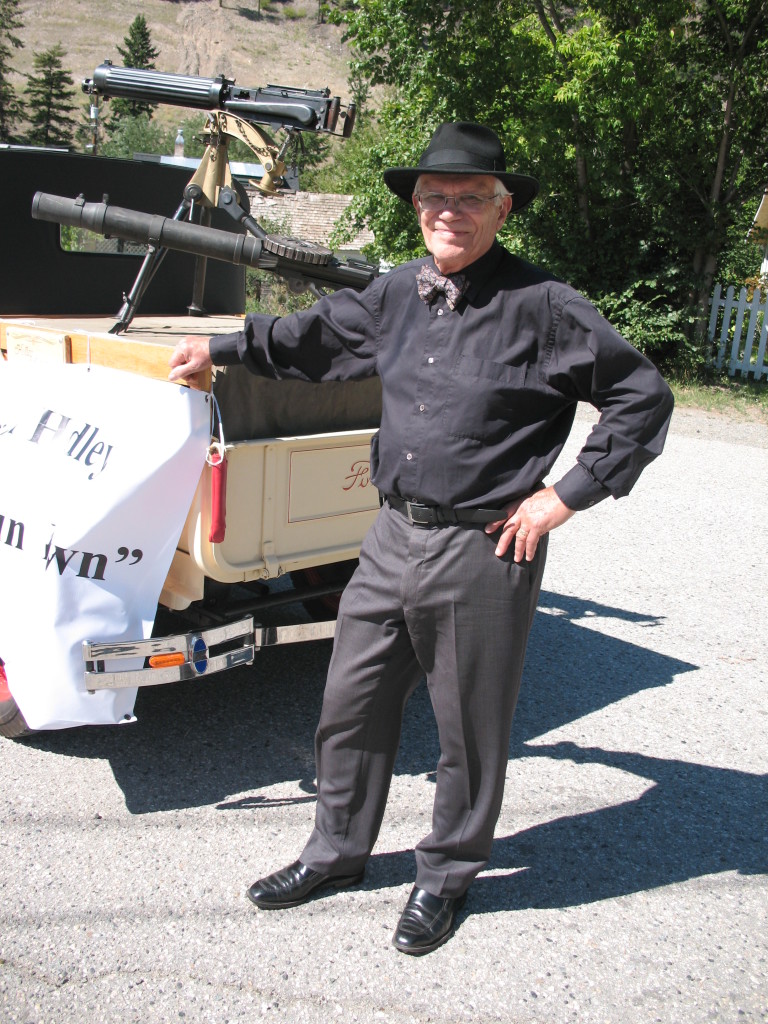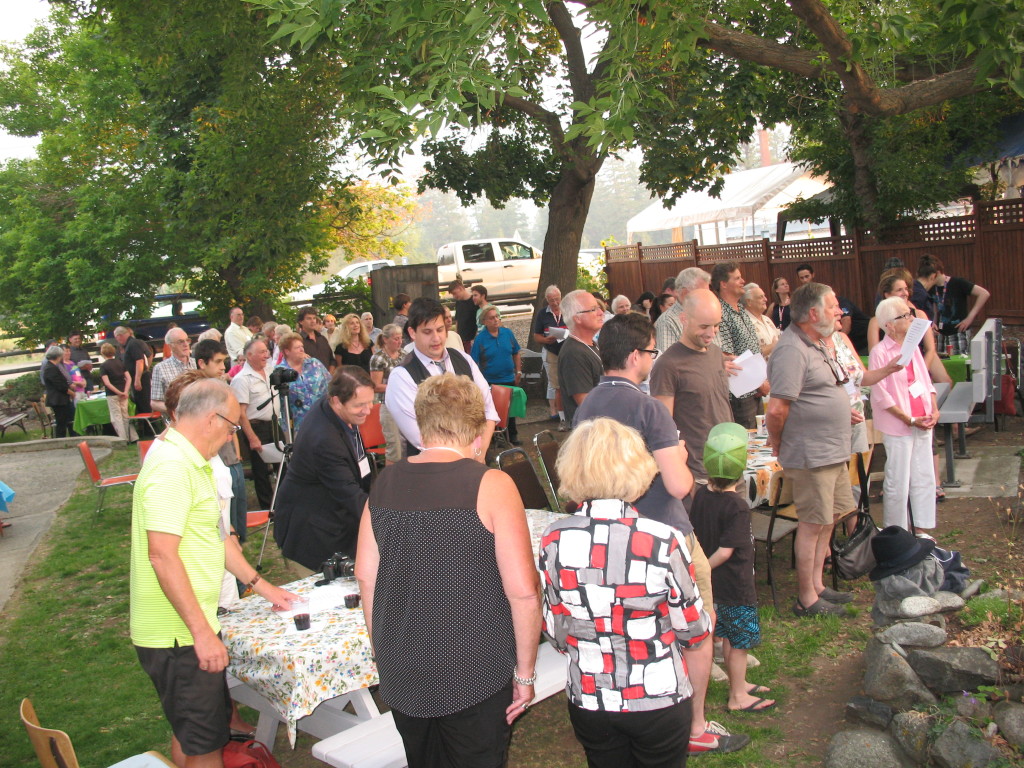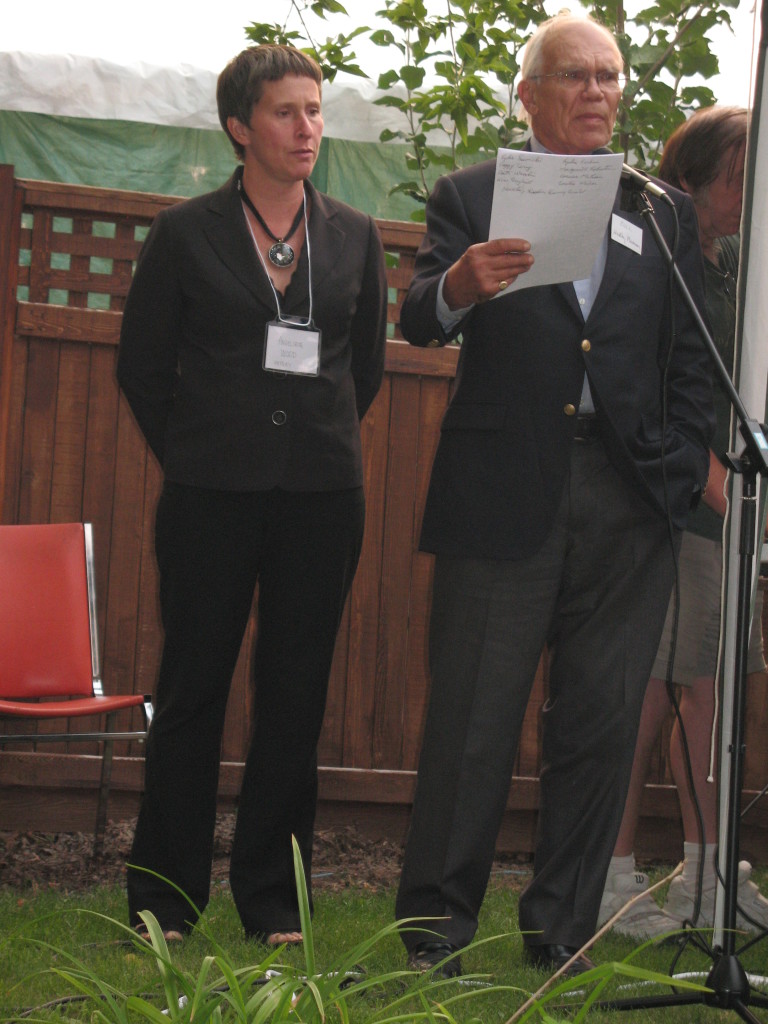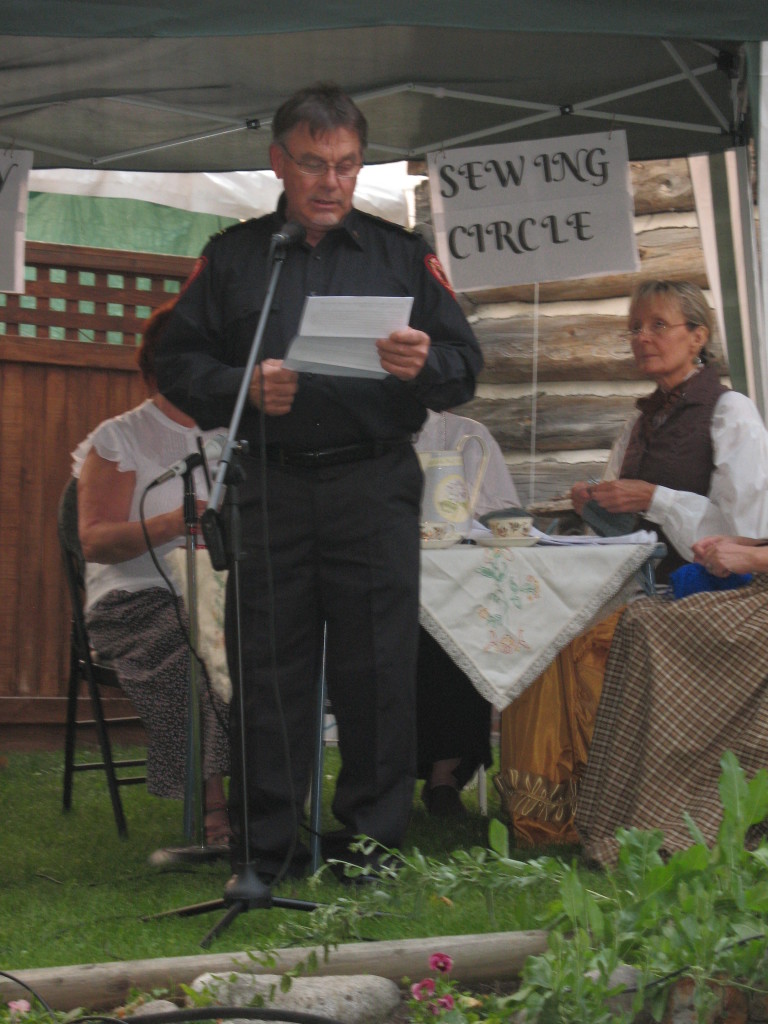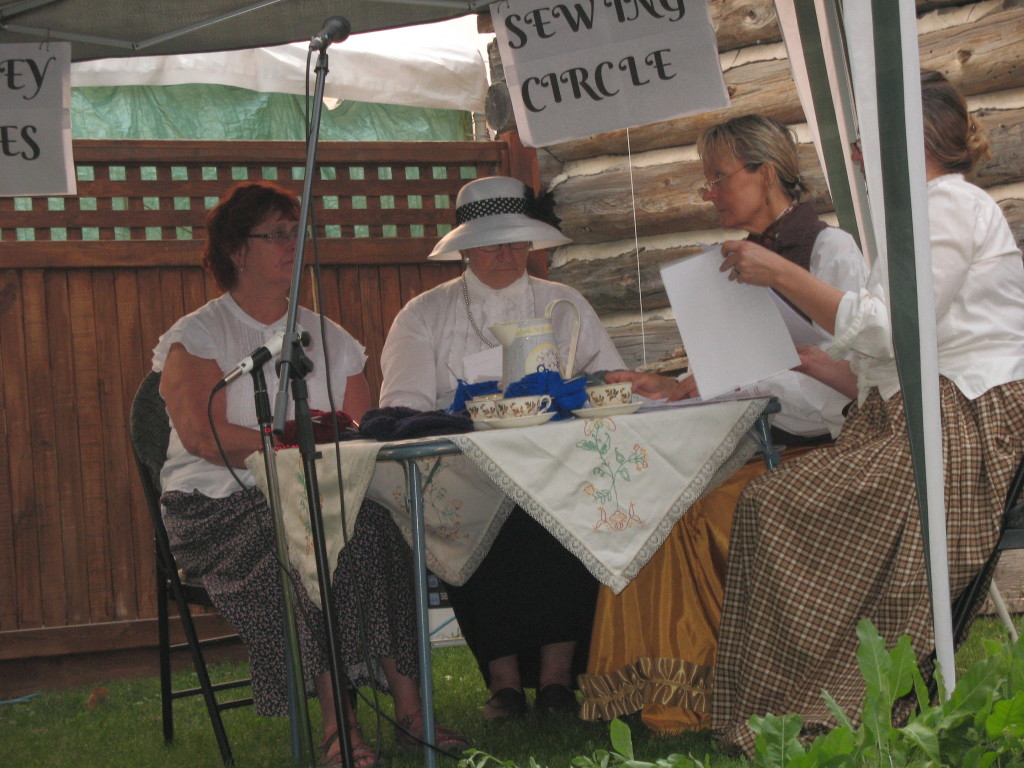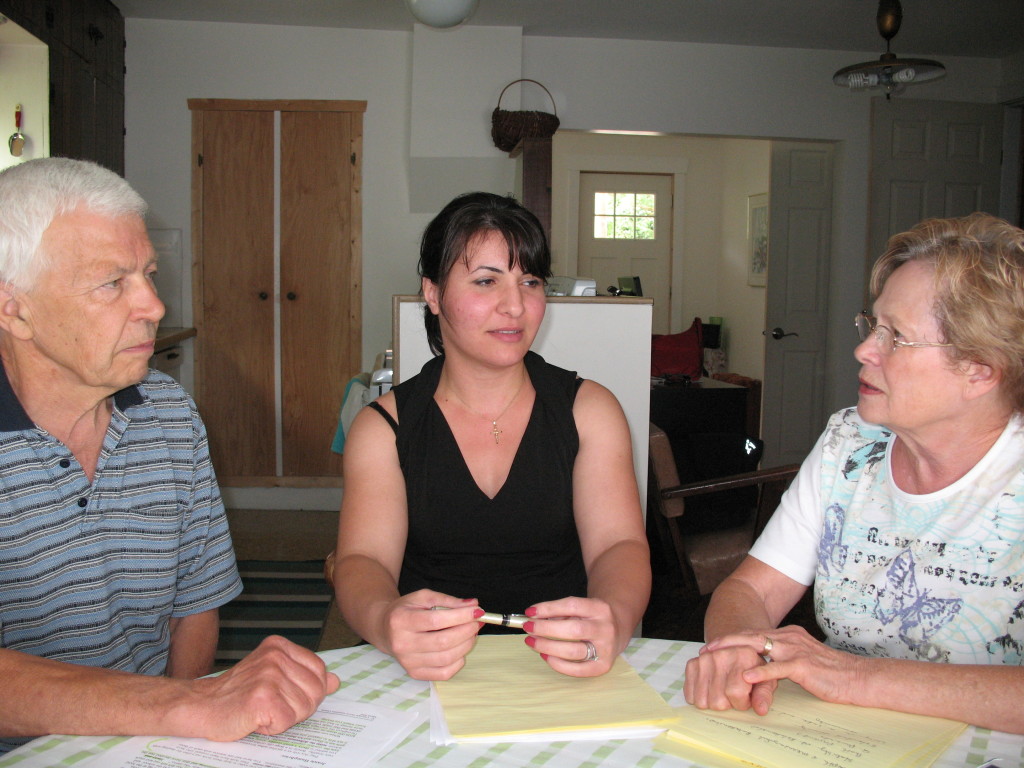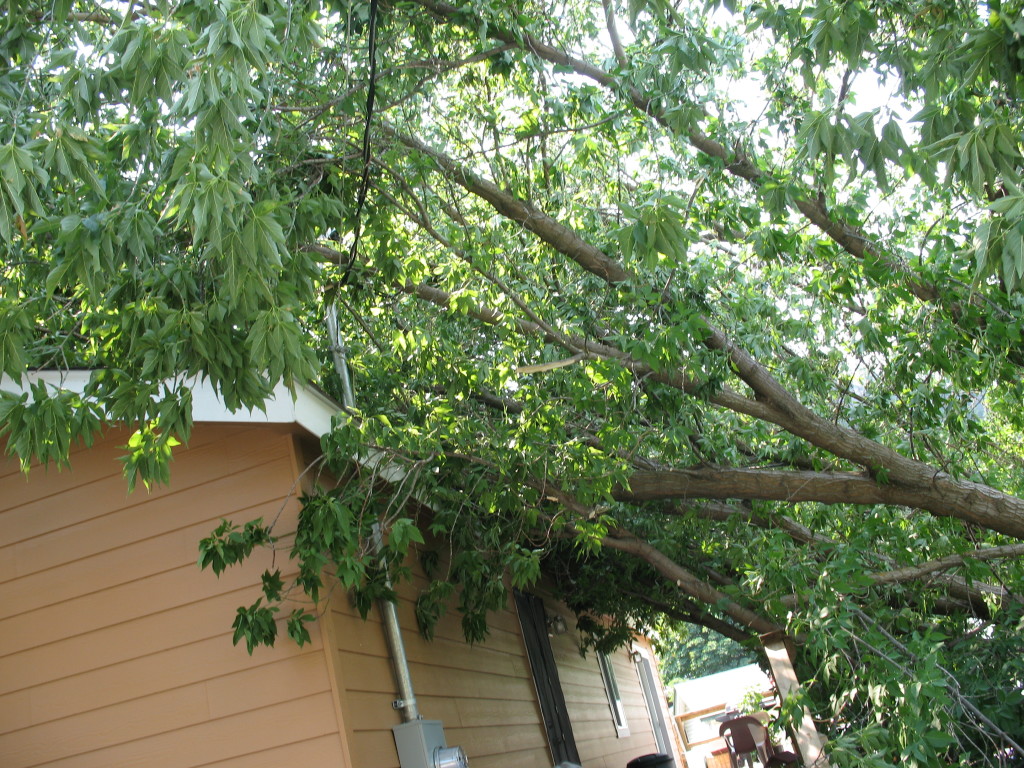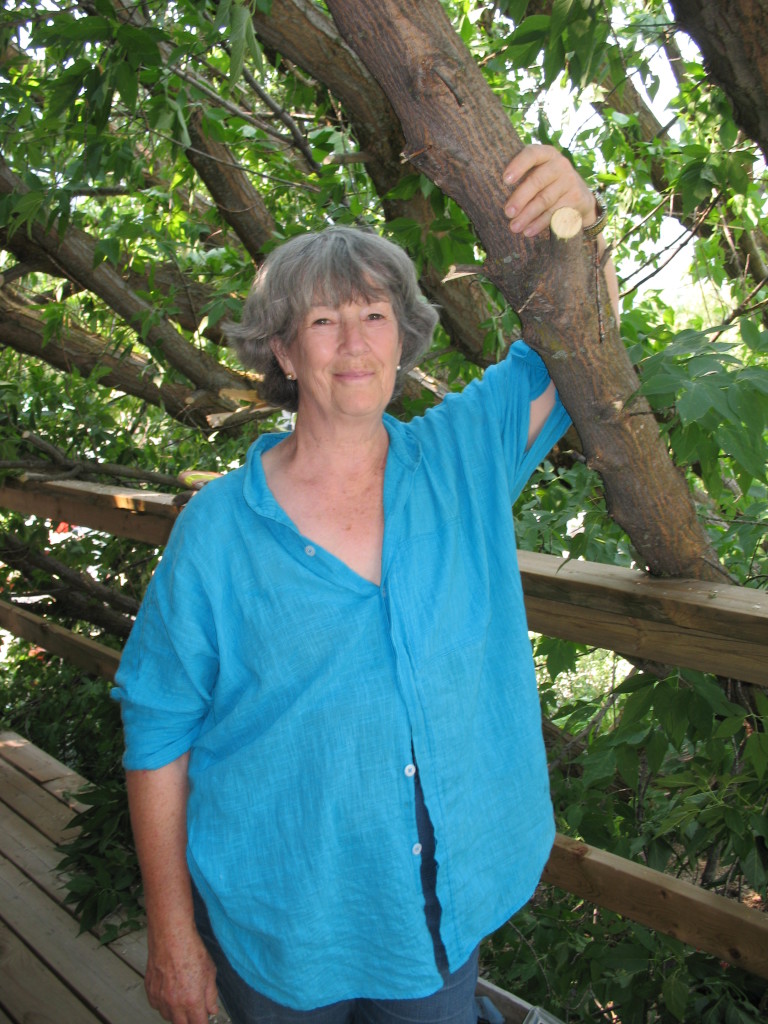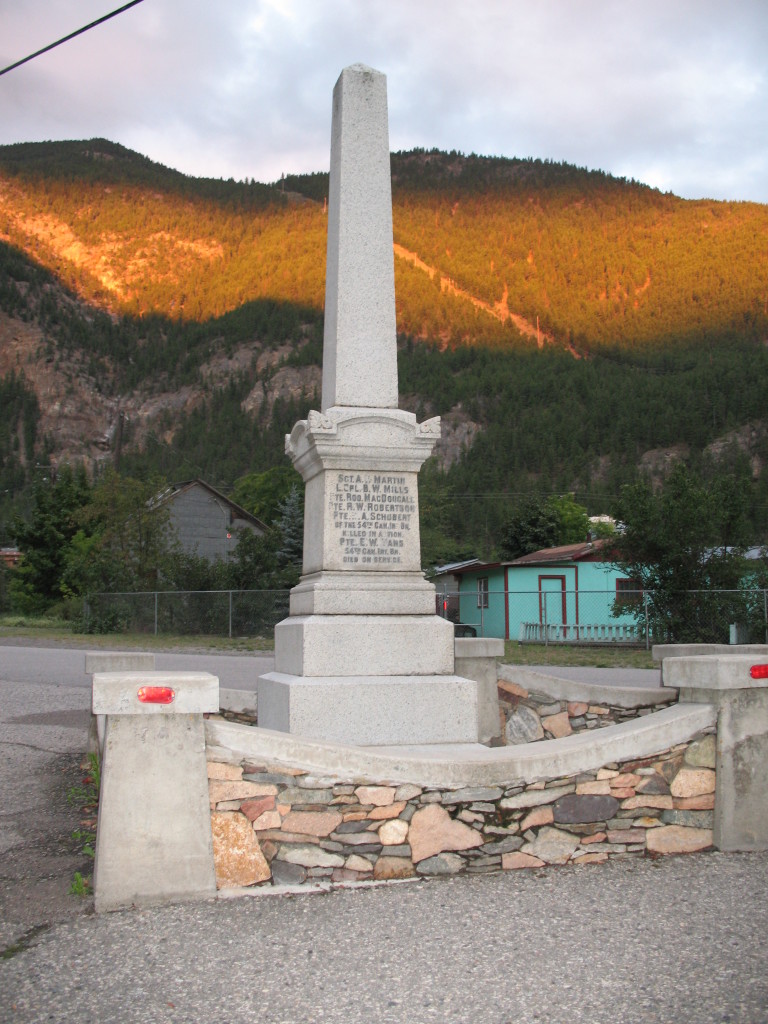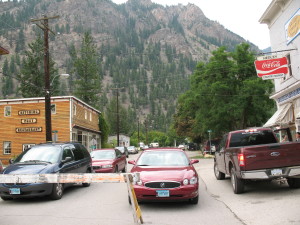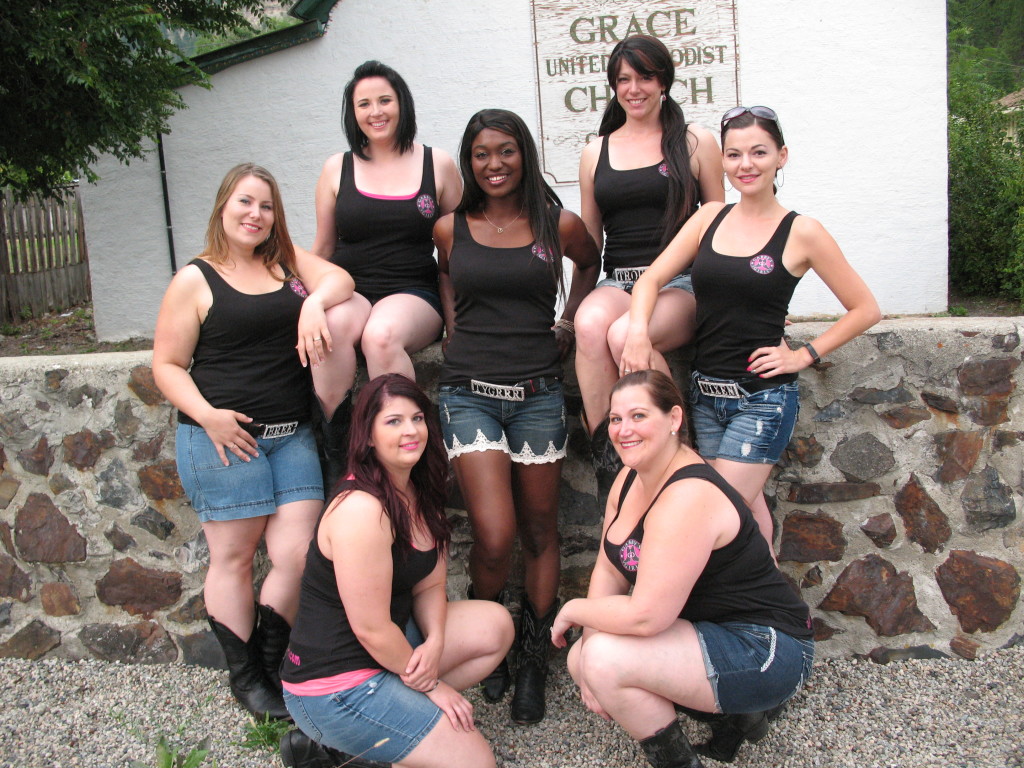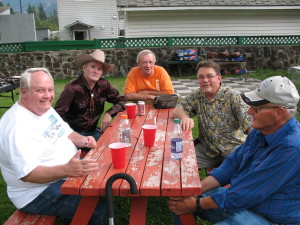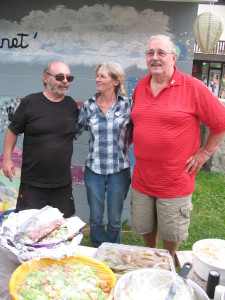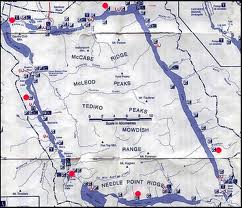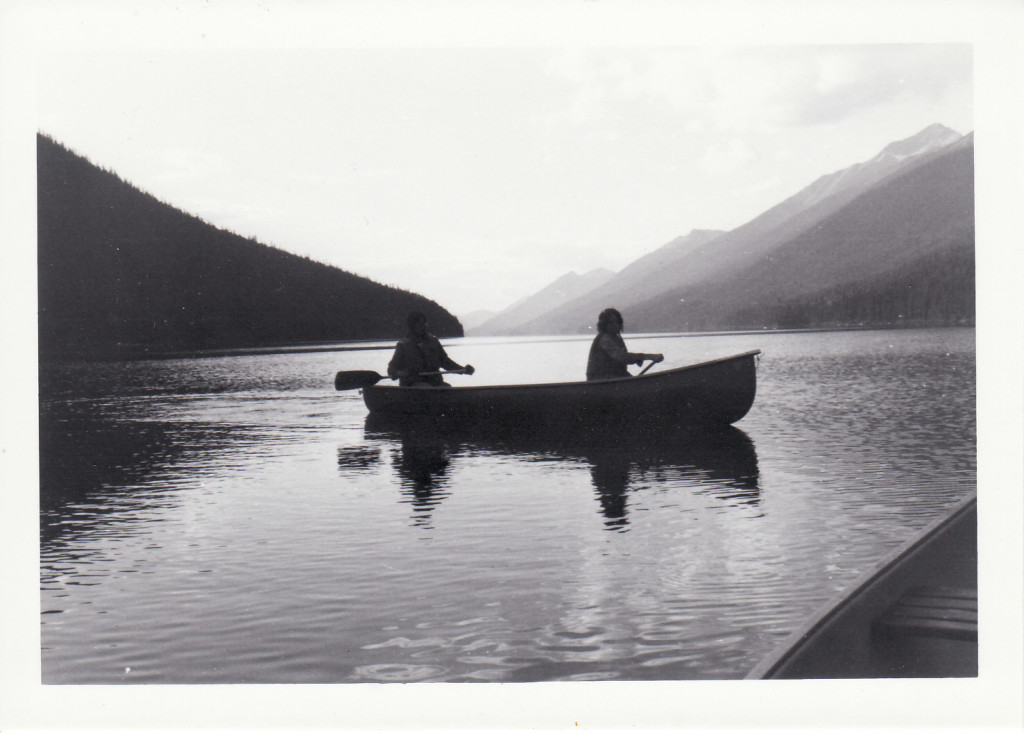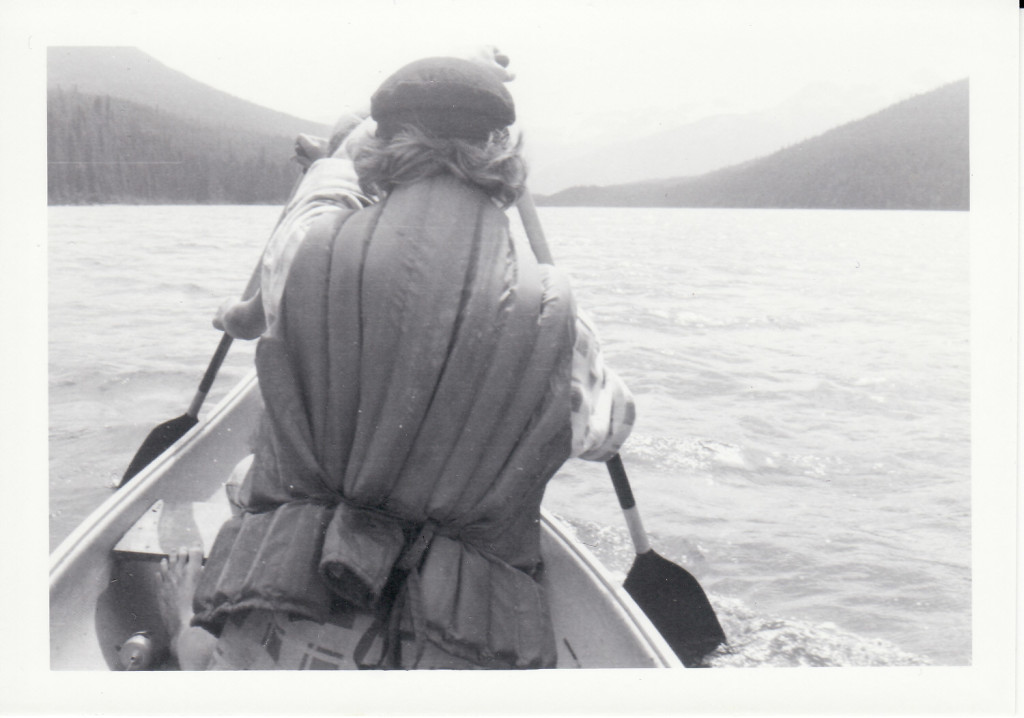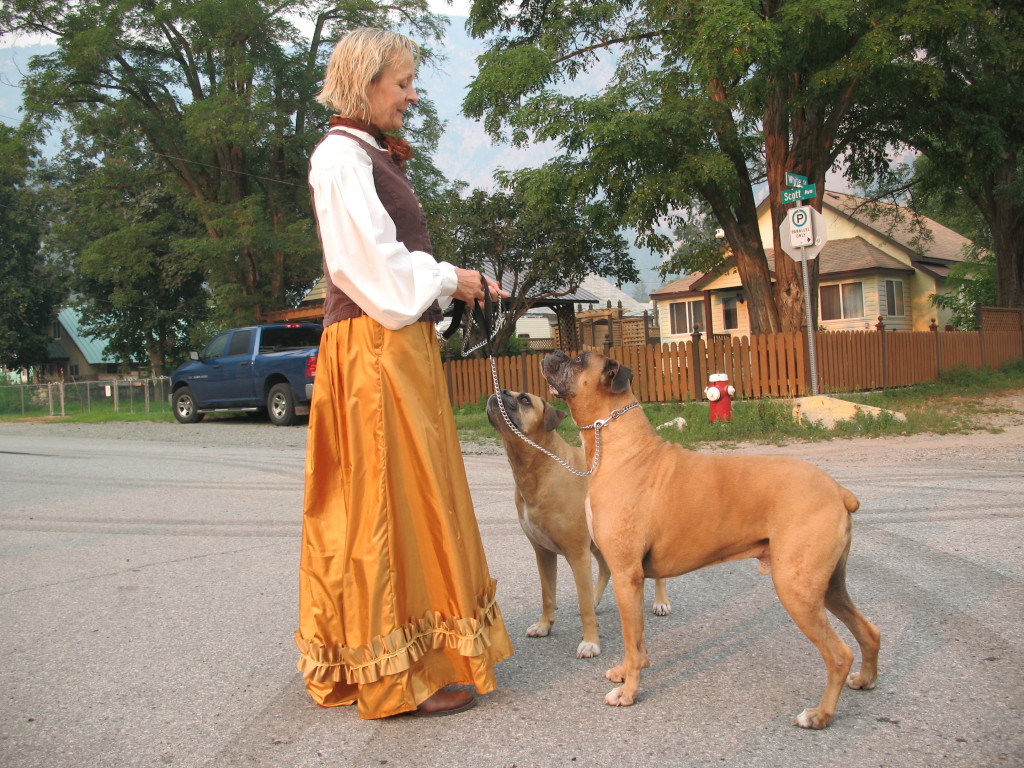
When she dresses as a member of the Hedley Heritage Ladies, Lydia Sawicki has the appearance of a sweet gentle lady from the early 1900’s. It’s best not to be deceived by this sedate outer image though. After a recent conversation with her, I came away with the impression she has enough octane to power a heavily loaded highway rig.
Lydia learned early not everyone would agree with her goals or methods. Her parents didn’t understand the value of an education. When she turned 15, they suggested she discontinue attending school. But she loved learning and had already read all the Russian classics.
At this time she ran away from home, and made her way to Chile to work with those seeking a transition to democracy. Here she learned Spanish and obtained her grade 12. The Spanish now enables her to work from her home as an interpreter in courts, hospitals and other situations where interpretation is needed.
In addition to providing fluency in Spanish, the Chile experience gave her some useful understandings about people and how to get things done. “It was the time of the despotic Pinochet regime,” she said. “In the election, government goons were waiting for the people at the polls. The people didn’t flinch. They came in large numbers, linking arms, eight abreast across the street.” She began to understand that “everything is doable.” She learned the importance of people being connected and striving together toward a common goal.
Lydia didn’t begin working toward a B.A. until she was 33 and had 2 children and a job. After investing 5 years toward a PhD, illness interrupted her studies. “I had done the teaching and the publishing,” she said. “I just needed to write my thesis. It’s still there for me to complete, but I no longer feel I need it to do what I consider important.” Her educational emphasis was in the realm of inequality, especially among marginalized groups such as the poor, disabled, and aboriginal people. Now her life is committed to taking practical action on the troubling issues she sees around her.
Upon arriving in Hedley 6 years ago, she didn’t wait for an invitation to get involved. Hiking along 20 Mile Creek with her 2 boxers, both rescue dogs ordered from a pound in L.A., she became disturbed at the refuse dumped in this awe inspiring wilderness.

Something needed to be done. “I began working with others interested in cleaning up along the creek,” she said. “We set up a website, wildernessdumping.org. I always look for people who have the same concern and are willing to take action. Some people ask why we’re doing this, and why they should help. I tell them it’s our garbage and our town. We’re all responsible. When I know who dumped refuse I ask them to help. Some do.” To this time they’ve removed 120 discarded tires, also fridges and stoves and other furniture. It is her view that “we all need to accept responsibility for the earth and those less fortunate.”
In all her endeavours, she attempts to connect with others and use the structures that exist. When schools in Grand Forks were replacing their computers, a recycling program was begun. The schools and other donors gave their used computers to disadvantaged people. “We provided support for people taking on the technological age for the first time. Some of those people went on to become teachers and computer engineers.”
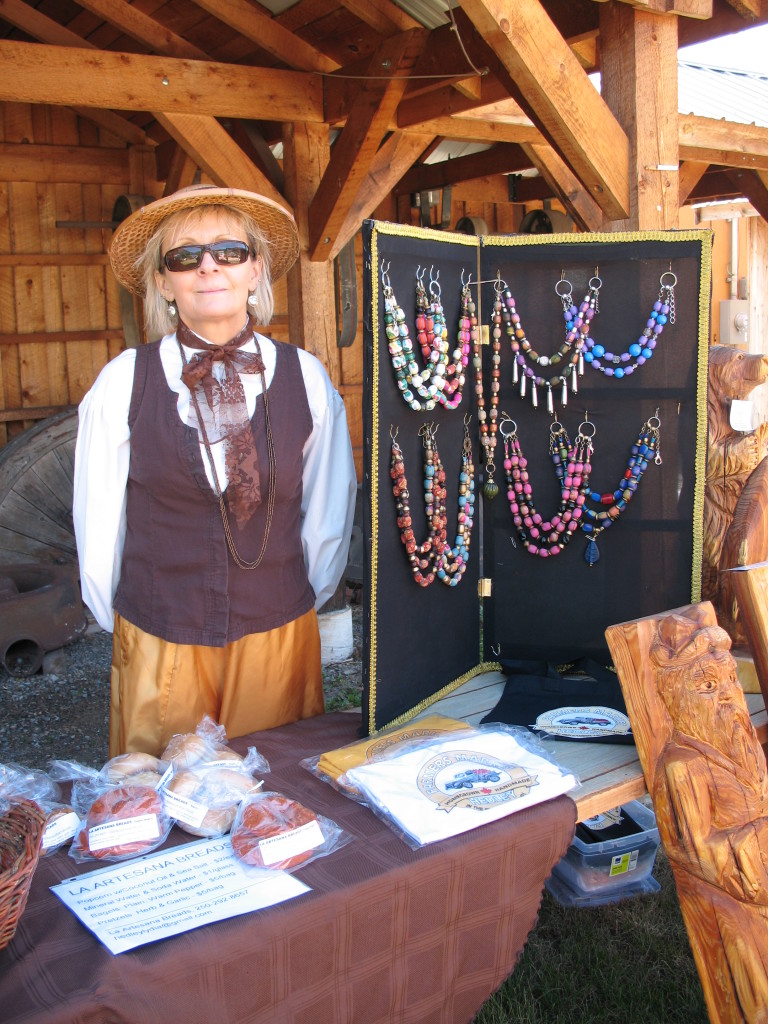
Currently she is president of the Hedley Farmers Market & Sunday Fair. For her it is gratifying that members are committed and working cooperatively. The market and fair are growing and they usually have 10 – 12 vendors. “It’s an opportunity to educate people about eating well and buying local,” she said, then added, “a lot gets donated at the end.” She is pleased that people from all organizations in Hedley are involved in the market & fair.
At the end of our conversation Lydia emphasized she thinks of herself simply as one individual working with others to make a positive difference in our community. “It is important for people to be connected,” she said. “When we focus on what we have in common and not on that which divides us, we can work together to build a stronger, more enjoyable community.”

